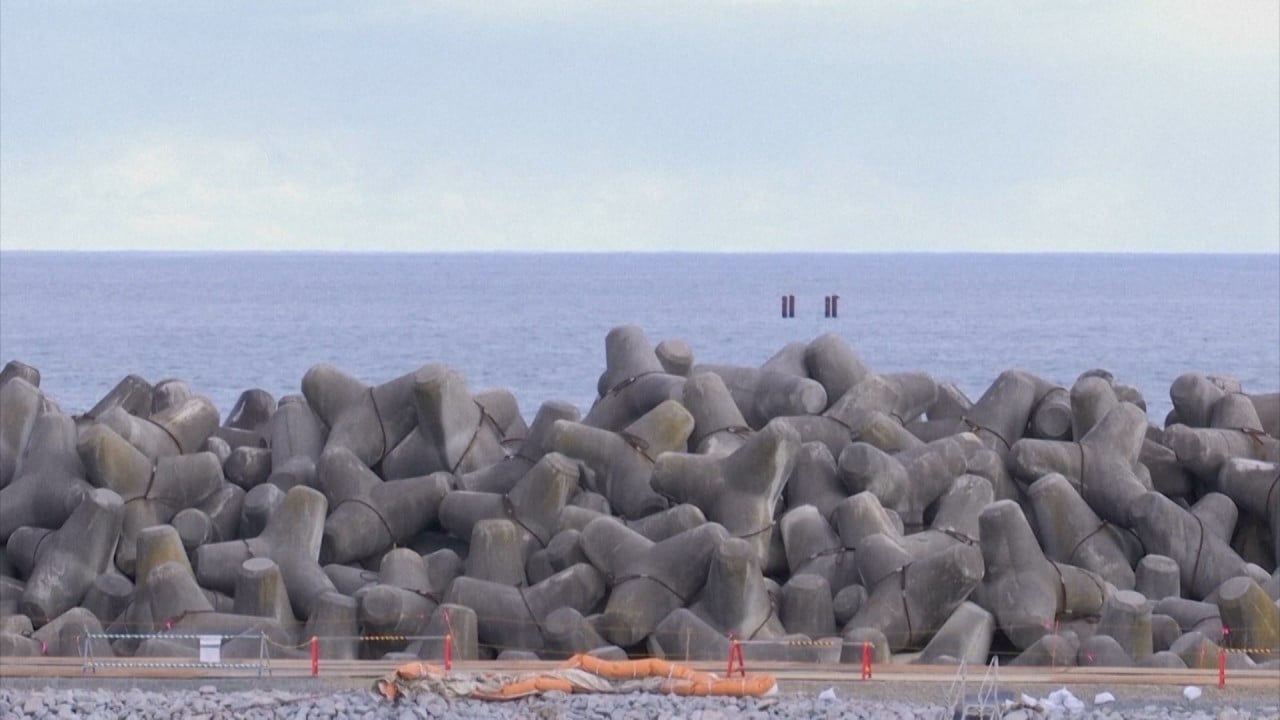Thorium MSRs are a type of advanced nuclear technology that use liquid fuels, typically molten salts, as both a fuel and a coolant. They offer several potential advantages over traditional uranium reactors, including increased safety, reduced waste and improved fuel efficiency.
Thorium is also a more abundant resource compared with uranium, and China has significant thorium reserves.
The reactor is a significant achievement for China’s nuclear energy sector, according to experts in China’s nuclear industry who asked not to be named because they were not authorised to speak to the media. They said it showed the country’s progress in developing and deploying advanced nuclear technologies and positioned China as a potential leader in thorium reactor technology.
The Shanghai Institute has also launched a follow-up project – a small-scale modular thorium molten salt reactor research facility – at the same desert site to advance the technology and address technical challenges, according to information on the institute’s website.
Small-scale modular reactors offer several benefits, including flexibility, enhanced safety features and cost-effectiveness, according to the institute.
The large-scale use of thorium reactor technology has the potential to enhance China’s global competitiveness in the energy sector. It could strengthen China’s energy security, position the country as a leader in advanced nuclear technologies and contribute to environmental sustainability.
However, a number of technical, regulatory and economic challenges will have to be overcome if the reactors are to be deployed successfully on a large scale, according to industry experts.
Previous attempts failed
The project was launched in 2011, but construction did not start until 2018.
Its groundbreaking ceremony made national headlines because the construction contractor hired Taoist monks to pray for heavenly blessings for the hi-tech project.
The reactor was expected to take six years to build, but scientists and engineers completed the work in about three years afte r the work went more smoothly than expected.
It took environmental authorities more than two years to confirm that the facility met the highest safety standards, according to the permit.
China is not the first country to build a thorium reactor, but no previous attempts went beyond the experimental stage.
Oak Ridge National Laboratory (ORNL) in the United States conducted the Molten-Salt Reactor Experiment from 1965 to 1969, successfully showing the feasibility of a thorium MSR. However, it did not progress to commercial use because of a combination of factors, including limited funding and shifting priorities.
Another early thorium MSR project, also conducted by the ORNL in the 1950s, was the Aircraft Reactor Experiment, which aimed to develop a compact, portable reactor for potential use in aircraft. But the project faced technical challenges, including issues with fuel containment and corrosion, which ultimately led to its discontinuation.
India has also been pursuing thorium-based nuclear technologies, including MSRs. The Indian Molten Salt Breeder Reactor project, initiated in the 1980s, aimed to develop a thorium-based breeder reactor.
However, the project has faced challenges related to materials compatibility, fuel reprocessing and overall system complexity and has not progressed to commercial-scale use.
Going critical
According to the information provided in the permit, the thorium MSR will undergo test operations after the initial loading of fuel.
The test includes the first approach to criticality, the point at which a nuclear reaction becomes self-sustaining. This is a crucial step in the reactor’s start-up process and involves carefully controlled conditions to ensure a safe progression towards a self-sustaining state.
Another test involves intentionally taking the reactor out of operation or reducing its power level below 90 per cent of its maximum capacity. It is important to have control over this process to ensure that the reactor is operating within safe limits and that any changes or adjustments are approved and monitored.
A test report should be submitted to the National Nuclear Safety Administration within two months of completing all the experiments specified in the testing plan, according to the permit.



